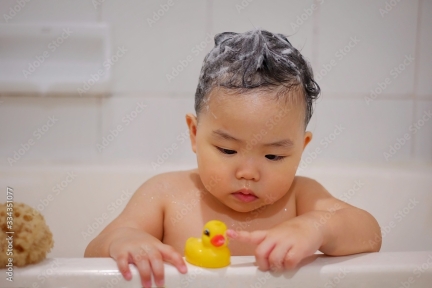
Toxic materials are found in many products. Hazardous chemicals are used in manufacturing, packaging, and can be found in the products we use. These chemicals cause concern to humans and the environment when we are exposed to them. Minnesota’s policy is to eliminate or reduce the use, generation or release of toxic pollutants and hazardous wastes at their source. The MPCA works to address the challenges our use of chemicals creates by:
- working with manufacturers to find ways to reduce chemical waste or avoid the use of toxic chemicals in the production process
- working with companies to find ways to reduce or avoid the use of toxic chemicals in the products they make and ensure those products are properly managed at the end of their useful lives
Toxics and pollution prevention
The Toxics and Pollution Prevention Evaluation Report is prepared every four years to share the state’s progress in pollution prevention programs and activities, including:
- activities related to priority chemicals, as defined in the Minnesota Toxic Free Kids Act
- electronics recycling
- architectural paint stewardship
- toxics in packaging
It also recommends ways to reduce toxic chemical content in products sold and used in Minnesota.
Mercury in cosmetics
Skin-lightening creams containing mercury are being sold in ethnic markets in the Twin Cities area. It's illegal to sell mercury cosmetics in Minnesota, and they pose a health threat to those who use them. Mercury is a neurotoxin that can damage both the brain and central nervous system and can also cause kidney damage. Multiple state agencies are working on outreach and education, but more work is needed to curtail demand for these products.
Toxics in children's products
In 2023, the Minnesota Legislature restricted lead and cadmium in more than a dozen categories of products that children may encounter, including toys and school supplies. Both lead and cadmium pose long-term health risks to children when swallowed or inhaled. Working together, the MPCA, Department of Commerce, and the Department of Health discovered lead and cadmium levels above previously regulated limits while studying toys and children's jewelry and developed guidance to provide further clarification regarding the new restrictions.